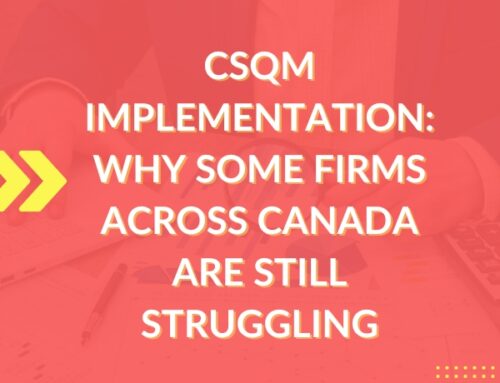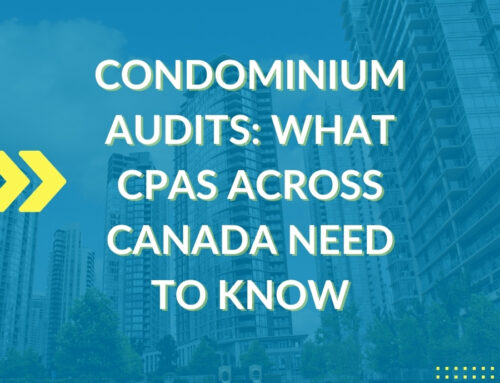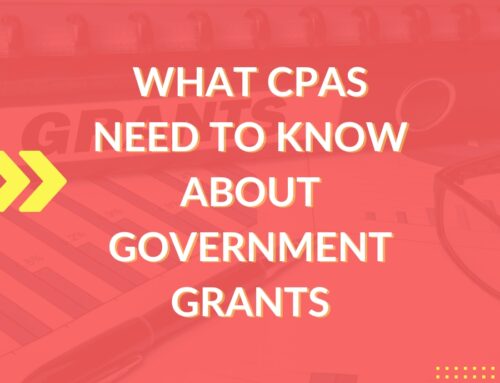The FHSA explained
The Tax-Free First Home Savings Account (FHSA) is a new type of registered account introduced in the Spring 2022 federal budget meant to help individuals save for their first home. There will certainly be upcoming clarifications and adjustments to the rules, however it is worth having a look at what the plan currently looks like.
To qualify for an FHSA, you must be at least 18 years old, be a Canadian resident, and cannot have lived in a home that you owned in either the year the account is opened or during the previous four calendar years.
Utilization of this plan may only be done once in your lifetime, and the account must be closed within one year from the date of the first withdrawal.
The contributions to your FHSA would be tax deductible and, as is the case with all other registered plans, any income earned within the plan would not be taxable. As long as the funds withdrawn are used to purchase your first home, they would be tax free.
Beginning in 2023, the annual contribution limit is $8,000 and any unused contribution room cannot be carried forward. The lifetime contribution limit is $40,000.
The existing rules for the RRSP Home-Buyer Plan (HBP) will remain in force, so you will need to decide which option you wish to use as you are not permitted to make both an FHSA withdrawal and an HBP withdrawal for the same home purchase.
Like other registered plans, you will be entitled to have multiple accounts as long as the total contributions in a given tax year do not exceed the annual and lifetime limits.
To facilitate funding of the FHSA, transfers from an existing RRSP will be permitted on a tax-free basis, subject to the annual and lifetime contribution limits.
If within 15 years of opening the FHSA you have not used the funds to purchase a qualifying home, the plan must be closed, and the balance may be transferred into an RRSP (without consideration of your annual contribution limit) or to a RRIF. Alternatively, the funds can be withdrawn as taxable income.
The current rules will certainly need to be tightened up as they create some planning opportunities that the government certainly will not be pleased with.
For example, even if you have no intention to purchase a home, the current rules allow you to open a FHSA account, make tax-deductible contribute annual contributions, and at the end of 15 years transfer the funds to your RRSP. And to take it one step further, if you have earned income and unused RRSP contribution room, you can make both RRSP and FHSA contributions in the same year! It would not be surprising if upcoming changes to the rules require any unused account FHSA balance at the end of the 15-year period to be taxed, or the rollover to an RRSP limited to any unused contribution room.
Interested in learning more? Is this a topic you’d like to see as an AJAG professional development course? Reach out to Alison @ [email protected] for any course content ideas.






